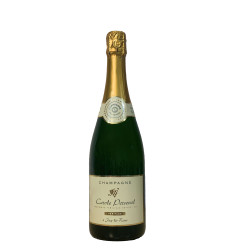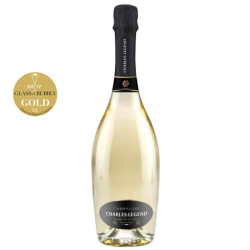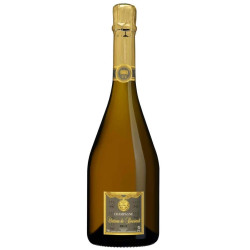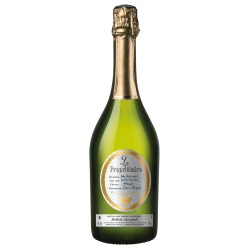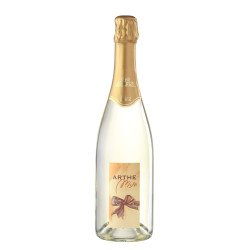Free delivery on purchases of €150 or more per winegrower in France and €250 in Europe (excluding United Kingdom)
Free delivery on purchases of €150 or more per winegrower in France and €250 in Europe (excluding United Kingdom)
-
- Great Offer
-
Our wines
-
-
By colors
-
All the wines
-
-
-
All Regions
-
-
-
-
Our organic & natural wines
-
-
Our Champagnes & Spirits
-
-
All Champagnes
-
-
Spirits
-
All the spirits
-
-
-
Our winemakers
-
-
-
winemakers
-
-
-
Our advice
-
-
Find your wine
-
-
-
- Our commitment !
-
- Great Offer
-
Our wines
-
-
By colors
-
All the wines
-
-
-
All Regions
-
-
-
-
Our organic & natural wines
-
-
Our Champagnes & Spirits
-
-
All Champagnes
-
-
Spirits
-
All the spirits
-
-
-
Our winemakers
-
-
-
winemakers
-
-
-
Our advice
-
-
Find your wine
-
-
-
- Our commitment !
Unbeatable !
EVERYTHING YOU NEED TO KNOW ABOUT THE HISTORY OF CHAMPAGNE

ALL ABOUT THE HISTORY OF CHAMPAGNE
Who had the crazy idea one day to invent sparkling wine ? How did these little bubbles, now a symbol of celebration and sweet euphoria, come to be in our glasses? And is there an answer to the often-asked question: who invented champagne?
It turns out that the answer both exists and does not exist. Indeed, the history of sparkling wines begins well before the advent of Champagne wines. The latter is primarily the result of French history and the invention of a method: the méthode champenoise, and the history of the kings of France.
The Origin of Sparkling Wines
The origin of sparkling wines is lost in the distant past. What we know for (almost) sure is that neither the Romans nor the Greeks knew about it, as no writings from that era mention it. However, an Egyptian text refers to a canceled sale due to a defect: presenting slight effervescence.
Effervescence was appreciated in France when wines, which seemed to have finished fermenting, were bottled after the harvest. In spring, a second fermentation took place in the bottle, creating this effervescence.
What happened was that the cold winter temperatures stopped the fermentation before the yeasts had completely finished their work. The rise in temperatures in the spring restarted the process, but this time fermentation occurred in the bottles.
Fermentation creates alcohol and CO², and thus bubbles. The first written traces come from Limoux, Gaillac, or the Diois. We are far from Champagne!
The Méthode Champenoise: Mastering Effervescence
So how did we get to Champagne? It turns out that in the face of the appearance of sparkling wines, initially perplexed tasters ended up declaring them invigorating and excellent. This reputation pushed some to seek control of effervescence in bottles to improve quality.
The first successful attempt was in London, by adding cane sugar molasses, cinnamon, and clove. This recipe quickly became popular with the English but would not make history thanks to the intervention of the famous Benedictine monk Dom Pérignon in Champagne.
According to legend, as nothing attests to it for sure, he would be the inventor of the méthode champenoise, also called the traditional method since, allowing the mastery of the sparkling process in bottles. It works by adding sugar, yeasts, and old wine (the tirage) to recreate a second fermentation in the bottle.
The particularity of this method is to leave the wine in contact with its lees, that is, the yeasts that die during fermentation. This offers pastry notes of yeast that blend wonderfully with the aromatic nature of the Champagne grape varieties.
Discover here how champagne is made for more details on this method.
The Fame of the Champagne Region: A Story of Kings
If Champagne wines are today considered the pinnacle of sparkling wines, it is largely due to their exceptional clientele. Another historical heritage of the region is the Cathedral of Reims. It is in Reims that the kings of France are crowned, and during a coronation, Champagne wine is naturally tasted.
It was the kings themselves who bought Champagne wine for the court, making the beverage not only famous but profitable. On numerous occasions and in many royal gifts, Champagne was deemed the only drink worthy of being consumed and offered.
Champagne thus became a rich wine-producing region, capable of investing significant efforts in making its highly acclaimed wines.
Today, the AOC Champagne has the strictest rules regarding sparkling wines compared to all other similar appellations (Crémants, Blanquette de Limoux, etc.). Notably, with aging on lees for at least fifteen months, which gives its characteristic pastry flavors unique to Champagne.
Our nuggets
Related articles
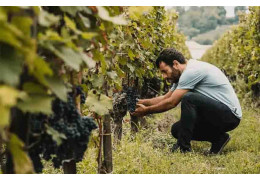
WINE PRODUCTION: WHAT ARE THE CONSTRAINTS INVOLVED IN SWITCHING TO ORGANIC FARMING?
In response to the many excesses of what is known as ‘conventional agricultu...
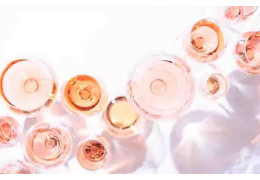
ROSÉ WINE: WHICH REGIONS OF FRANCE PRODUCE IT?
When you think ‘rosé’, what are the first images that come to mind? Sunny te...
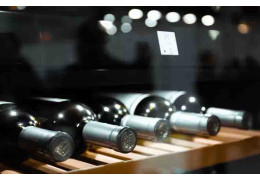
IS IT POSSIBLE TO KEEP WINE WITHOUT A CELLAR?
When you have more than a certain number of bottles or you want to age your ...
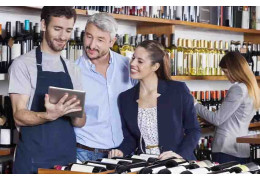
WINE IS ALSO GOING DIGITAL: FOCUS ON CONNECTED CELLARS
The world of wine is going digital at breakneck speed.
